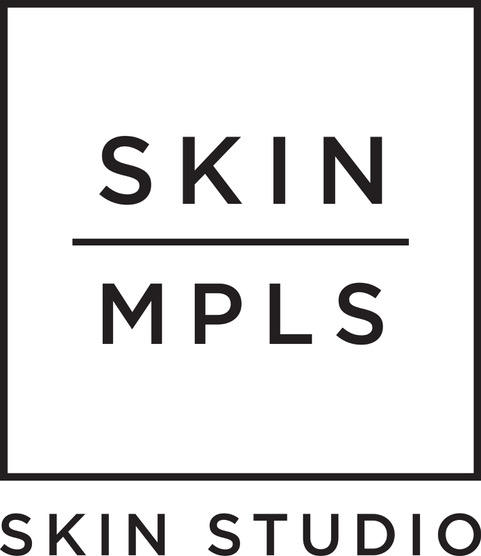Become a Skin Cyclist
More and more people are wondering about this idea of skin cycling. We’ll tell you what it is and how you can make it work for you. Here is the way we like to do it!
What does skin cycling mean to Skin MPLS?
Skin is a living, breathing organ and you can keep your skin looking even livelier by switching up what you use – if you do it pragmatically! So first, please remember that the only way you achieve skin results is consistency with your daily and nightly regimen (learn more about your ideal regimen here). Once you have the foundations of your routine established, you can start to amp it up with skin cycling. We consider cycling as the use of products that are outside of your standard day-to-day regimen. These cycling products are used to push results even further.
The frequency that our skin cells turnover is roughly calculated by your age. For example, if you are thirty years old, then you get new skin about once every thirty days (this is called desquamation). You can speed this process up to renew your skin faster using exfoliants like acids, retinols, scrubs, and enzymes or with in-office skin procedures and treatments. A stronger exfoliation treatment can be done once every 1- 4 weeks, depending on your skin. This could be a professional facial treatment in our studio and/or an at-home peel, like our favorite Raspberry Resurfacing Peel. Don’t ever attempt to use professional treatments at home! That is dangerous and can result in skin damage.
In the case of a person that has an established foundational skin routine that comes to see us once per month, they’re on a monthly skin cycling routine. In the days leading up to their treatment, they start to ease off their exfoliating actives and then they come in for their monthly facial treatment. Depending on their skin goals, upcoming social commitments, and the condition of their skin, we may do a deeper exfoliating treatment on their skin during their appointment. In the following days (up to about a week), they’ll continue to avoid using exfoliating actives and will instead lean on hydrating, moisturizing, and nourishing products (like growth factors and peptides). Starting day 4-7 after their treatment, they’ll go back to using their regular foundational routine products. This is a typical month-long skin cycle.
Now let’s spice that up a little bit for an even more in-the-know client. Take the same monthly skin cycle above, but then add a weekly use of Raspberry Resurfacing Peel. For this client, about a week after their treatment, they’ll also use Raspberry Resurfacing peel in the two or three off weeks from their facial treatment. And in the day or two after their Raspberry Resurfacing Peel treatment, they may lay off their exfoliating actives and only use nourishing actives instead. So, they’re monthly cycling with us, but then also weekly cycling at home. The options and ideas for cycling are endless, but we can help you find what works for your skin and your life.
Should you take a break from retinol?
This is such a hot topic these days! Our answer is NO – not if your skin doesn’t make you. Here’s why that works for us and our clients.
Our clients are using a professional aesthetician-guided regimen and the right Vivant retinol serum for their skin. They shouldn't need to break from it because it doesn't cause irritation for them.
Effective retinol (we mean Vivant Skincare’s vitamin A serums) will come with some flaking and dryness when you first start using it. But if you are constantly needing to break from it, it’s possibly not the right level for you and we can help you adjust.
The benefits are endless of using one of Vivant’s retinol serums. There is a cocktail of amazing benefits and skin-loving ingredients. You would be remiss to not use it on your skin every night! After all, it’s an antioxidant and skin normalizer which are both so good for your skin.
When you will need some time off your retinol
As we discussed above, you will need to take a break (anywhere from 2-7 days) if you just had a facial treatment or just did your stronger at-home treatments. Your aesthetician can help advise how long you should take off. Also, sometimes in the Minnesota winters, the air is much dryer – so you’ll maybe back down a bit. As a rule of thumb, if your skin is feeling compromised then don’t use it. You can tell your skin is compromised because it is red, uneven looking, and stings when you put on products. Flaking can be a sign of over-exfoliation, but it could be a sign of desquamation too (in which case you should continue to power through if the other signs of irritation are not there).
